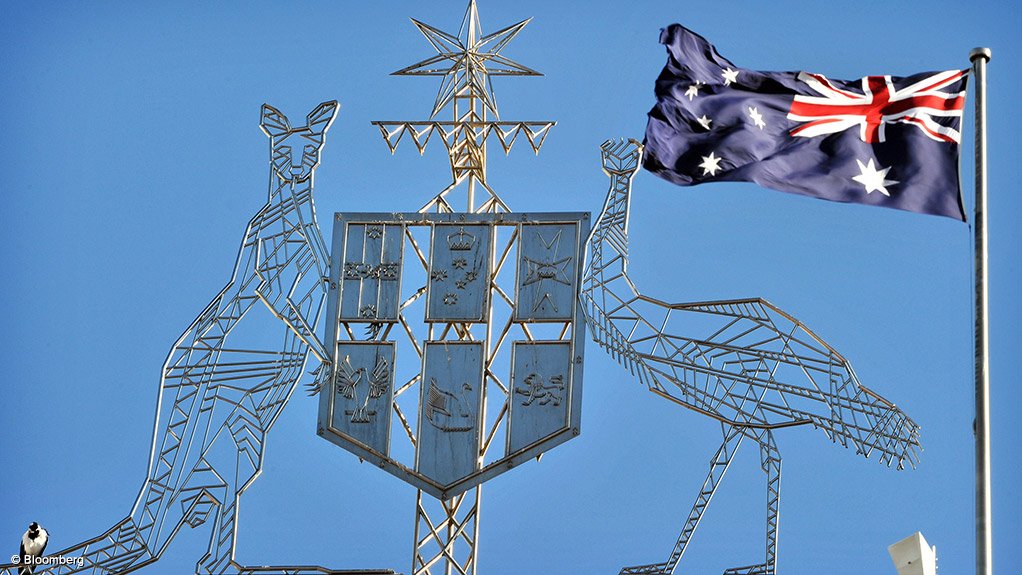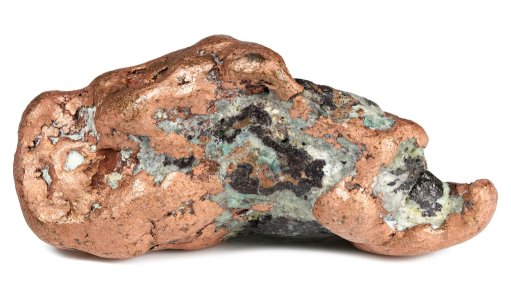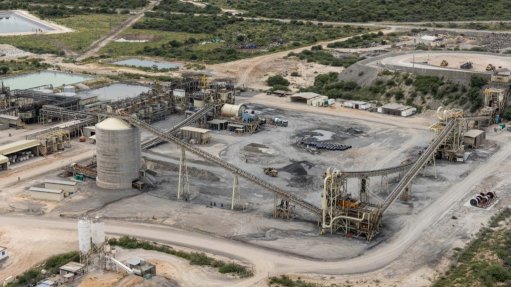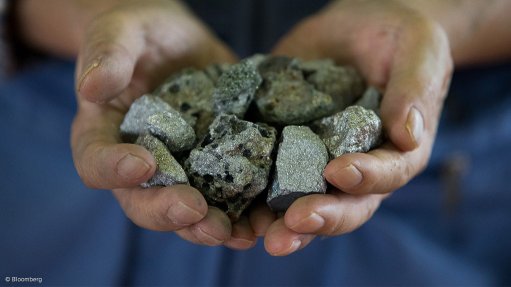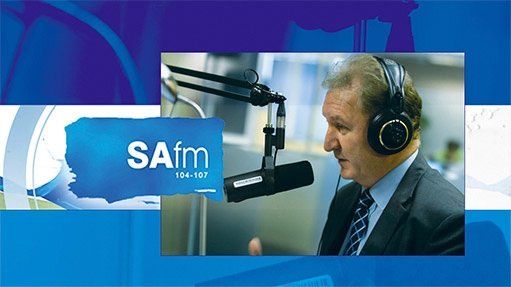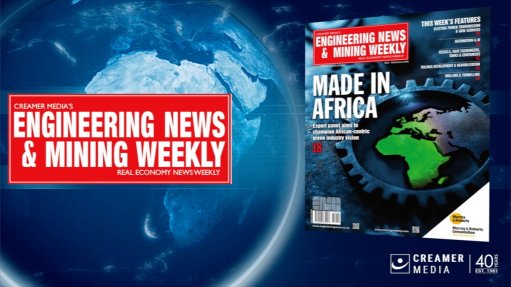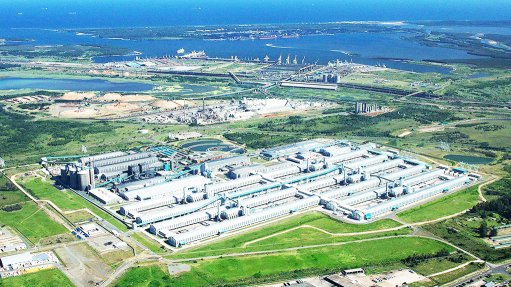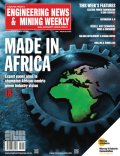Critical minerals, infrastructure and jobs big takers in Budget
PERTH (miningweekly.com) – The Australian resources sector has welcomed the government’s investment initiatives unveiled in the 2022/23 Budget.
The 2022/23 Budget measures include a A$200-million spend over five years for the Critical Minerals Accelerator Initiative, and a A$50.5-million spend over three years for a virtual National Critical Minerals Research and Development Center.
The Critical Minerals Accelerator will accelerate the development of Australia’s critical minerals sector, by supporting early to mid-stage critical minerals projects that align with the Critical Minerals Strategy to overcome technical and market barriers.
The National Critical Minerals Research and Development Centre, for its part, will build Australian capability in critical minerals processing, target technical bottlenecks in strategic supply chains, and drive breakthrough collaborative research.
The investment unveiled in the Budget was in addition to the A$294.2-million already committed by the federal government to resources and critical minerals jobs and skills through the A$1.3-billion Modern Manufacturing Initiative.
“Australia possesses extraordinary reserves of the critical minerals crucial to many industries including medical equipment production, defence, aerospace, automotive and agritech,” Federal Resources and Water Minister Keith Pitt said.
“Through these Budget measures, we are delivering long-term support to the resources and energy sector, which creates jobs and growth opportunities, especially in regional Australia. That means a stronger economy and a stronger future for regional Australia.
“These new initiatives build on previous Budget measures to help resource companies gain entry to new export markets and unlock vast gas reserves.”
The Minerals Council of Australia (MCA) said on Wednesday that funding for critical mineral processing projects and initiatives to accelerate other projects would expand Australia’s capacity to meet future global demand for critical minerals, and further enhance Australian mining’s position at the forefront of driving technological advances and lowering global emissions.
MCA CEO Tania Constable has also welcomed the government’s extensive commitments to generate and expand export hubs in the Hunter, Pilbara, North and Central Queensland and the Northern Territory and upgrade freight corridors, but has said that more needed to be done to address skills shortages in the industry.
“While industry welcomes continued investment in apprenticeships and traineeships, with the industry having delivered more than 6 700 new apprentices since late 2020, the government needs to ensure there is no reduction in these roles in key mining occupations,” Constable said.
“Greater economic participation of women is critical to achieve gender equity and support the productive capacity of the economy. Access to fully flexible, equal parenting payment leave for families aligns with the significant strides the mining industry has made to improve access to paid carer’s leave.”
The Association of Mining and Exploration Companies (Amec) applauded the A$3.7-billion increase in funding under a new National Skills Agreement, which CEO Warren Pearce said could deliver an additional 800 000 training places.
This built on the A$2.8-billion over five years from 2021/22 to upskill apprentices.
“Importantly, the permanent Migration program ceiling will be lifted to 160 000 places, with the skilled stream increasing to 109 900, up some 30 000 places. This will assist the mining industry to attract desperately needed overseas skilled workers to support new project development and continued growth,” said Pearce.
He noted that the Budget would also invest in a number of key enabling infrastructure projects to facilitate future growth.
“A$2.6-billion is being invested in infrastructure to unlock an estimated A$16.4-billion of new private investment at Darwin's Middle Arm industrial precinct. The Pilbara region will see A$1.5-billion in enabling low emissions industries and to open the North West to future economic development including funding for the Tanami road, and upgrades to Port Hedland’s Lumsden Point and the Pilbara electricity grid.”
“The A$400-million for the Outback Way in Western Australia will not only help grey nomads but make a remote eastern corridor of Western Australia more accessible for mineral exploration.”
“A$400-million to upgrade the 1 184vkm Inland Freight Route from Queensland's Charters Towers to Mungindi will also significantly improve the economics of minerals projects in the region. The A$750-million investment in the Hunter Region of New South Wales, including key upgrades to the Port of Newcastle will also unlock further private investment in the future.”
“A number of big announcements that will be transformative for industry have already been made, including commitments under the Modern Manufacturing Initiative and boosting funding by A$2-billion for the Northern Australia Infrastructure Facility (NAIF) to A$7-billion, are secured in tonight’s Budget.
“To ensure Australia’s bright economic future, this investment must be paired with further streamlining of legislation and regulation, to help bring forward investment and unleash business growth,” Pearce said.
“The federal Budget has a strong focus on securing Australia’s future in the critical minerals value chain and ensuring the nation is set up for success with key infrastructure funded and a boost in skills and training initiatives.”
The Chamber of Minerals and Energy of Western Australia (CME) has welcomed the measures announced to accelerate critical minerals projects, encourage the development of low-emissions technology and minerals processing, streamline regulatory processes and grow Australia’s workforce of the future.
CME director of policy and advocacy Rob Carruthers said the budget highlighted not just Australia’s strong recovery from the Covid-19 pandemic but the contributions from the Western Australian mining and resources sector which had underpinned that.
“The mining and resources sector’s ability to continue operating safely and effectively through the Covid-19 pandemic amid a positive commodity cycle has resulted in record terms of trade,” Carruthers said.
“In addition, the sector’s direct contribution of taxes and royalty contributions to government has helped fund important national economic recovery initiatives, including targeted assistance measures for job seekers, job trainers and small-to-medium businesses.
“In turn, this Budget includes a range of initiatives designed to capitalise on the A$127-billion of projects currently in the Western Australian resources pipeline, as well as growing and diversifying Australia’s resource exports. It’s telling that the Budget forecasts a further 10% increase in mining investment over the next 12 months.
“CME welcomes well-targeted initiatives in value-add processing and forward-leaning export growth across iron-ore, critical and battery materials, and development hubs for nascent hydrogen and ammonia production from low emissions energy sources. Locking in advancing onshore processing and modern manufacturing opportunities across the supply chain are areas CME continues to advocate for and support.”
The MCA has meanwhile noted that the Australian mining economy had contributed A$2.1-trillion in resources export revenue, A$246-billion in mining wages and 2% of Australia’s gross domestic product growth.
“The industry can also be relied on to generate large fiscal returns to the economy, having contributed A$132-billion in company taxes and A$106-billion in royalties over the last decade from significant capital investments in regional and remote Australia,” said Constable.
Queensland Resources Council CEO Ian Macfarlane said that the federal Budget had made it ‘crystal clear’ how crucial the resources sector was to Australia’s continued economic growth.
“The recent strength in export commodity prices will still see Australia’s terms of trade reach a record high in 2021/22, thanks to the stellar export efforts of mining, petroleum and agriculture, the top three drivers of the Queensland economy,” he said.
Comments
Press Office
Announcements
What's On
Subscribe to improve your user experience...
Option 1 (equivalent of R125 a month):
Receive a weekly copy of Creamer Media's Engineering News & Mining Weekly magazine
(print copy for those in South Africa and e-magazine for those outside of South Africa)
Receive daily email newsletters
Access to full search results
Access archive of magazine back copies
Access to Projects in Progress
Access to ONE Research Report of your choice in PDF format
Option 2 (equivalent of R375 a month):
All benefits from Option 1
PLUS
Access to Creamer Media's Research Channel Africa for ALL Research Reports, in PDF format, on various industrial and mining sectors
including Electricity; Water; Energy Transition; Hydrogen; Roads, Rail and Ports; Coal; Gold; Platinum; Battery Metals; etc.
Already a subscriber?
Forgotten your password?
Receive weekly copy of Creamer Media's Engineering News & Mining Weekly magazine (print copy for those in South Africa and e-magazine for those outside of South Africa)
➕
Recieve daily email newsletters
➕
Access to full search results
➕
Access archive of magazine back copies
➕
Access to Projects in Progress
➕
Access to ONE Research Report of your choice in PDF format
RESEARCH CHANNEL AFRICA
R4500 (equivalent of R375 a month)
SUBSCRIBEAll benefits from Option 1
➕
Access to Creamer Media's Research Channel Africa for ALL Research Reports on various industrial and mining sectors, in PDF format, including on:
Electricity
➕
Water
➕
Energy Transition
➕
Hydrogen
➕
Roads, Rail and Ports
➕
Coal
➕
Gold
➕
Platinum
➕
Battery Metals
➕
etc.
Receive all benefits from Option 1 or Option 2 delivered to numerous people at your company
➕
Multiple User names and Passwords for simultaneous log-ins
➕
Intranet integration access to all in your organisation



